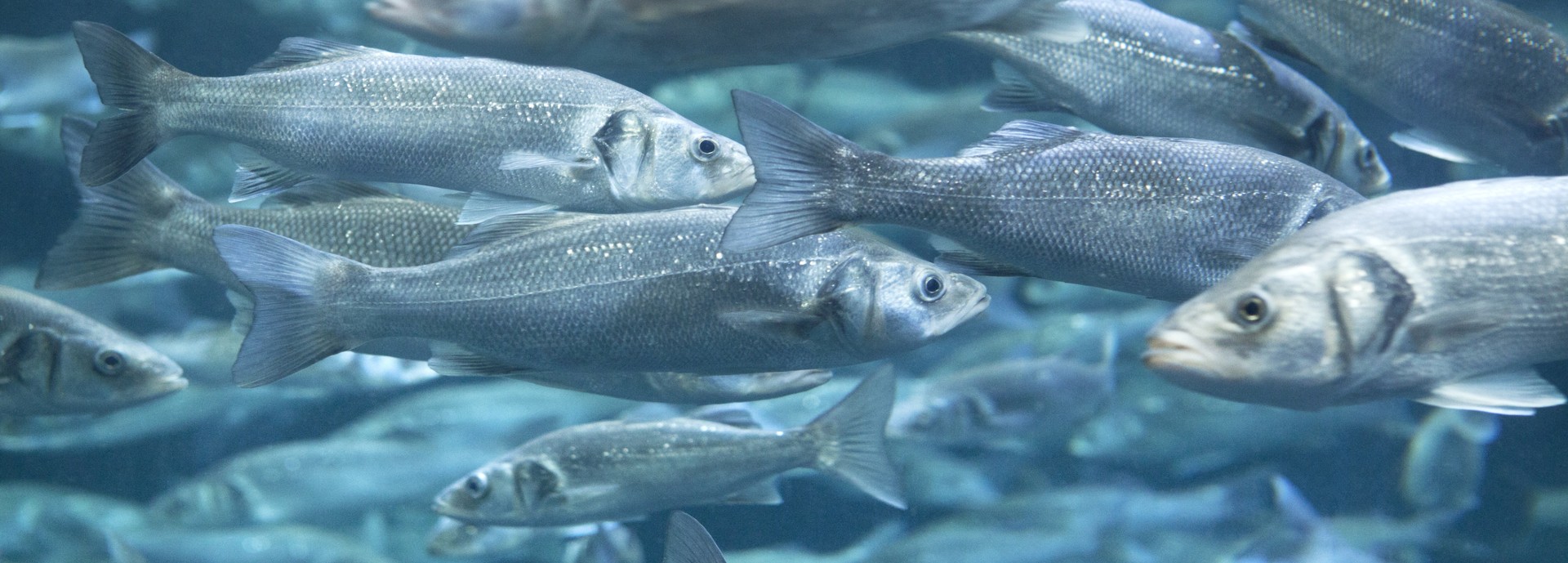Fish farming by-products have the potential to increase the sustainability of aquaculture, and contribute to other sectors – such as food, diet supplements, animal feed and cosmetics, according to a new study.
Researchers from the University of Stirling’s Institute of Aquaculture found by-products – such as fish heads, frames, trimmings, skin and organs – are an underutilised resource that could support the sustainable growth of Europe’s aquaculture sector.
As part of the Green Aquaculture Intensification in Europe (GAIN) project, Stirling PhD researcher, Wesley Malcorps, found that a large proportion of commonly farmed species – Atlantic salmon, European seabass, gilthead seabream, common carp and turbot – were being routinely wasted in industrial and household processing.

Wesley Malcorps
Mr Malcorps said: “Although fish by-products don’t sound appetising, they are full of goodness and can be used for many purposes – including in food supply and diet supplements. Our results show a substantially higher total flesh yield (64-77%) can be achieved if fish are fully processed, compared to fillet only (30-56%), as is often the case.
“Heads, frames and trimmings from all species show potential to increase the food supply, in soups or processed foods, such as fish fingers, sauces and fishcakes. They could also be processed into food extracts and nutraceuticals – such as protein powders, fish oil and collagen supplements – potentially producing a higher economic value.
“Organs can be used in animal feed, as can skin, due to its high protein, low ash content. With their high level of valuable omega-3 fatty acids, feeding by-products to livestock would also contribute to nutrition in the human food chain, and by-products can also be used in pet food too.”
Importantly, one third of marine ingredients (such as fishmeal and fish oil) used in feed for farmed fish originates from by-products – which could be increased. This could greatly reduce the environmental impact of aquaculture.
Mr Malcorps said: “European aquaculture is dependent on imported feed from marine and terrestrial systems, such as fish meal, oil and soy, particularly for carnivorous species such as salmon. Substituting plant for marine ingredients just shifts the impact from sea to land, and also risks compromising the health and welfare of the cultured animal.”
Finally, the study showed potential industrial uses of by-products, in cosmetics, pharmaceuticals and packaging.
“Fish skin offers potential for extracting collagen and gelatine, as an alternative source to cattle or pigs,” Mr Malcorps added.
Fish skin also has potential for use as fish leather for the fashion industry.
The study was overseen by Professor Dave Little, also of the Institute of Aquaculture, who said: “Using the whole fish is a key component of the sustainable intensification of seafood. There are issues to address in terms of technology and infrastructure, which would need capital investment to resolve, but our analysis indicates that by-product separation could add value and nutritional efficiency.
“It could increase aquaculture’s output without using more resources.”
The paper, ‘Nutritional characterisation of European aquaculture processing by-products to facilitate strategic utilisation,’ is published in the journal Frontiers in Sustainable Food Systems.

